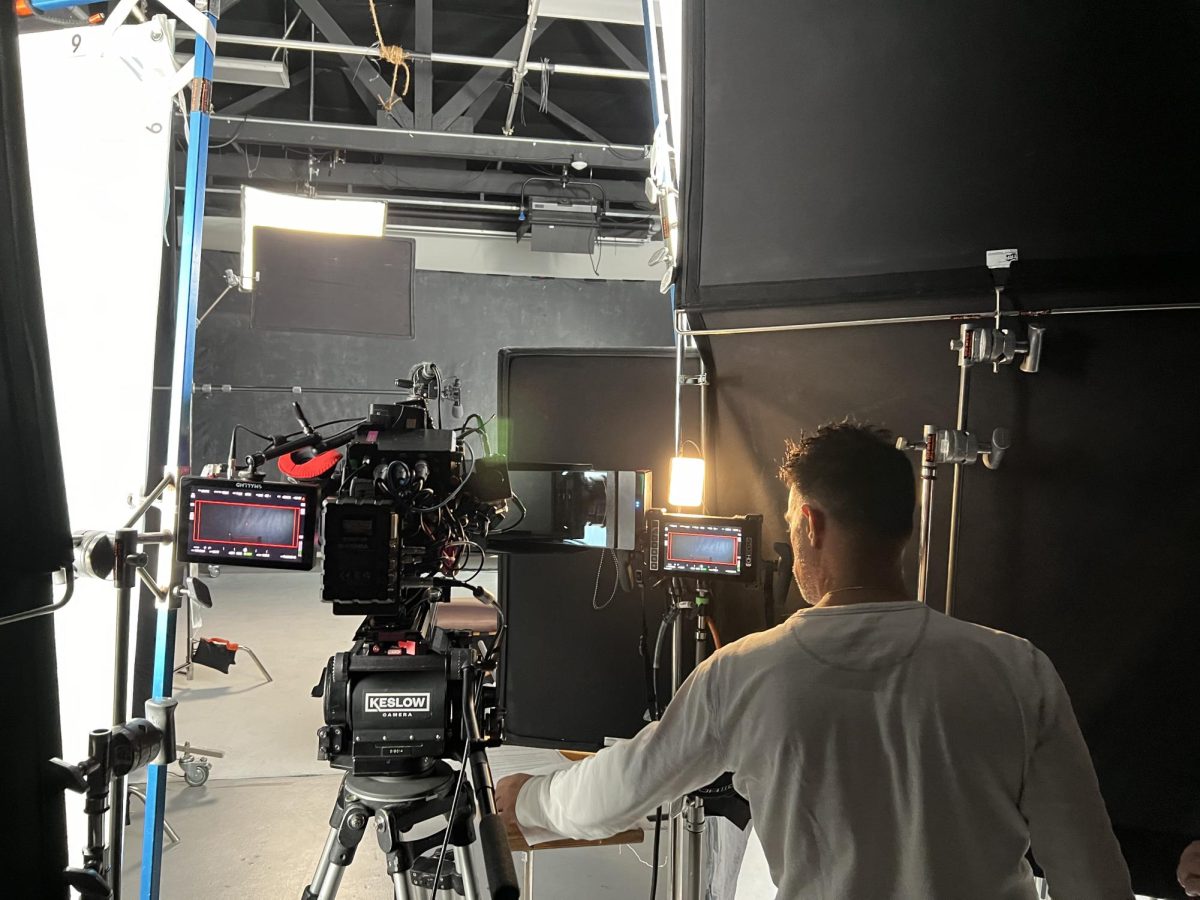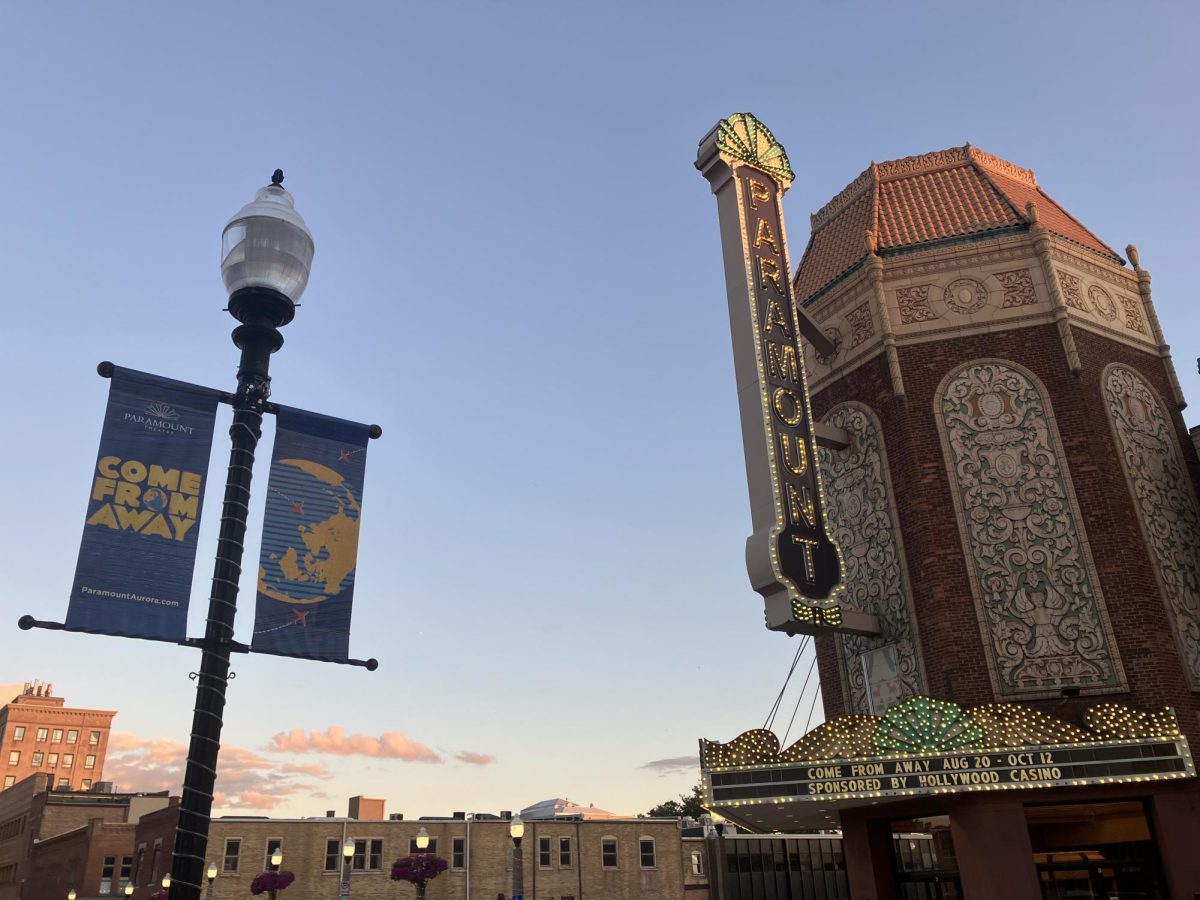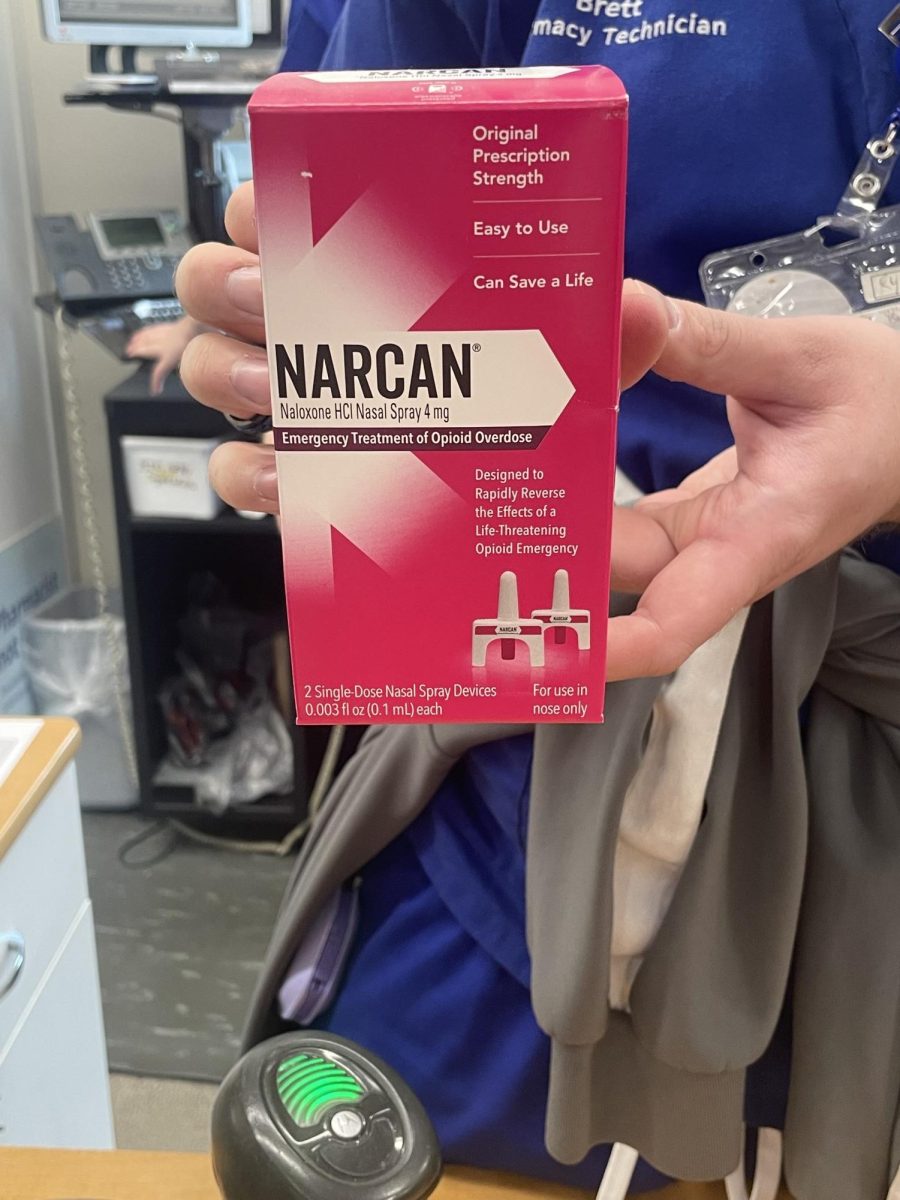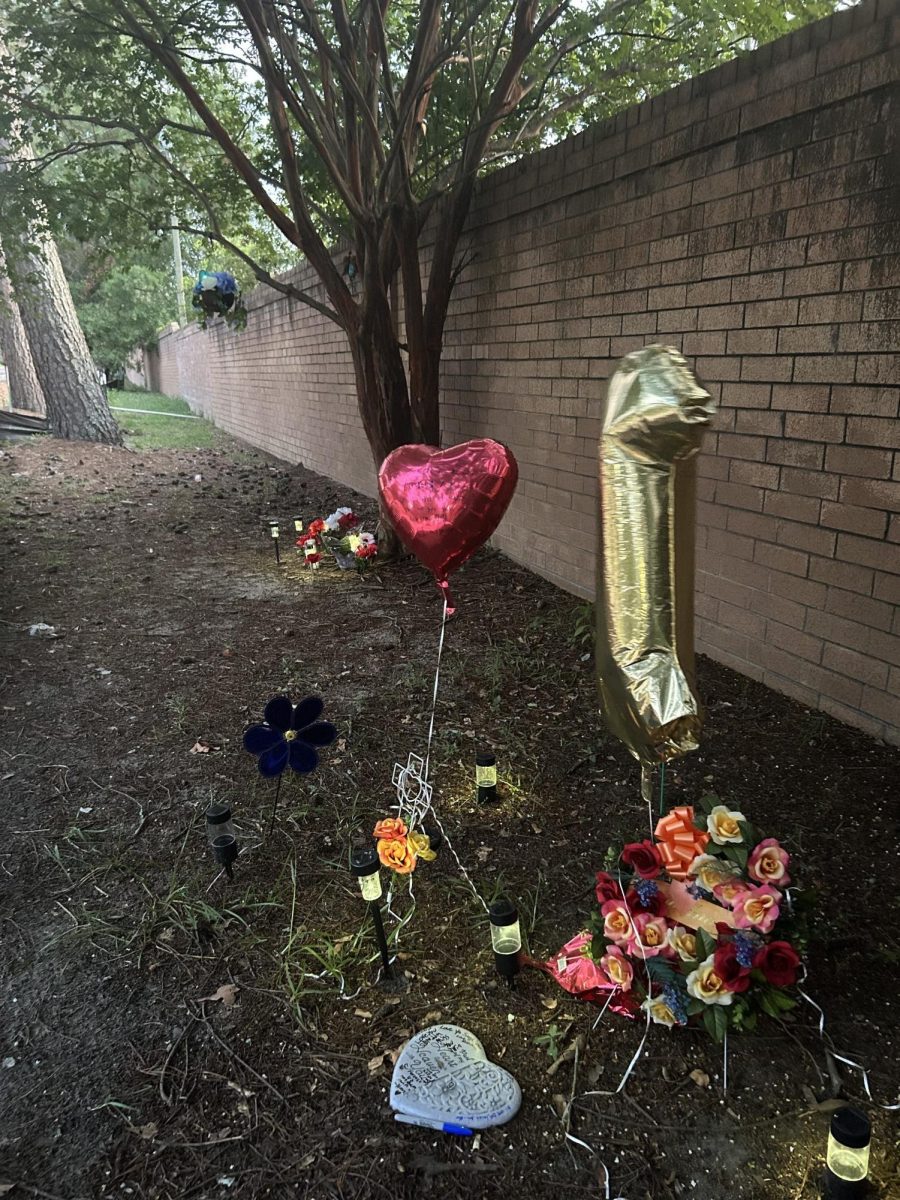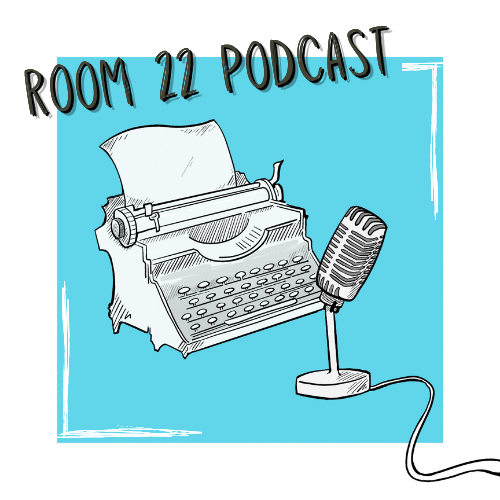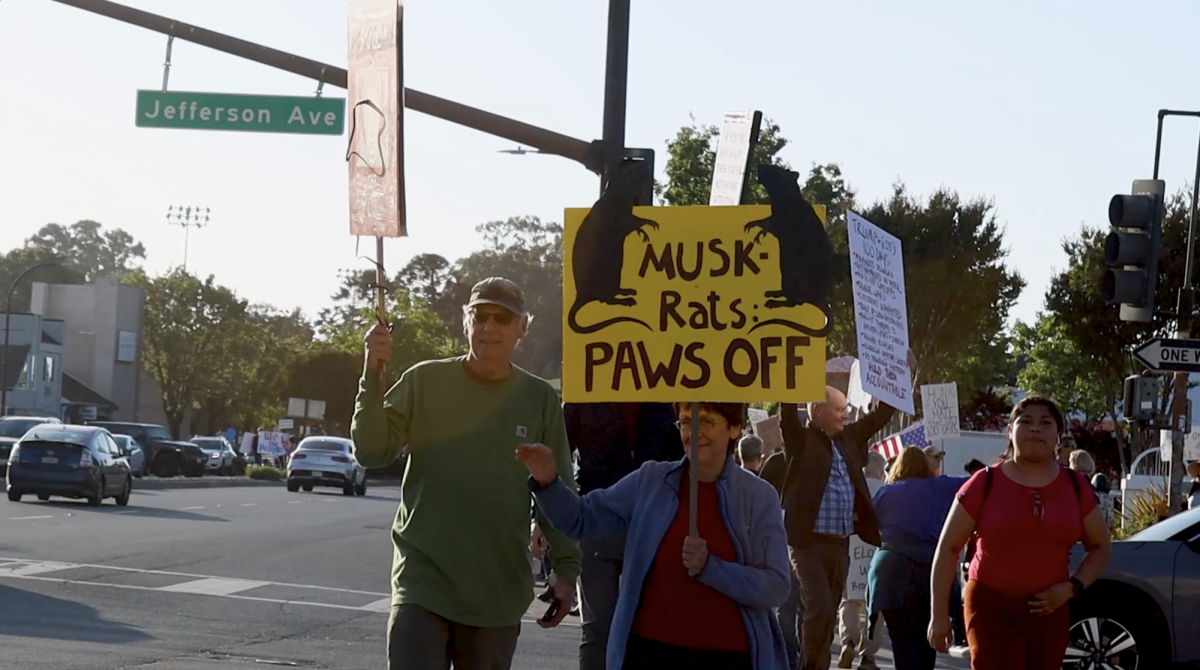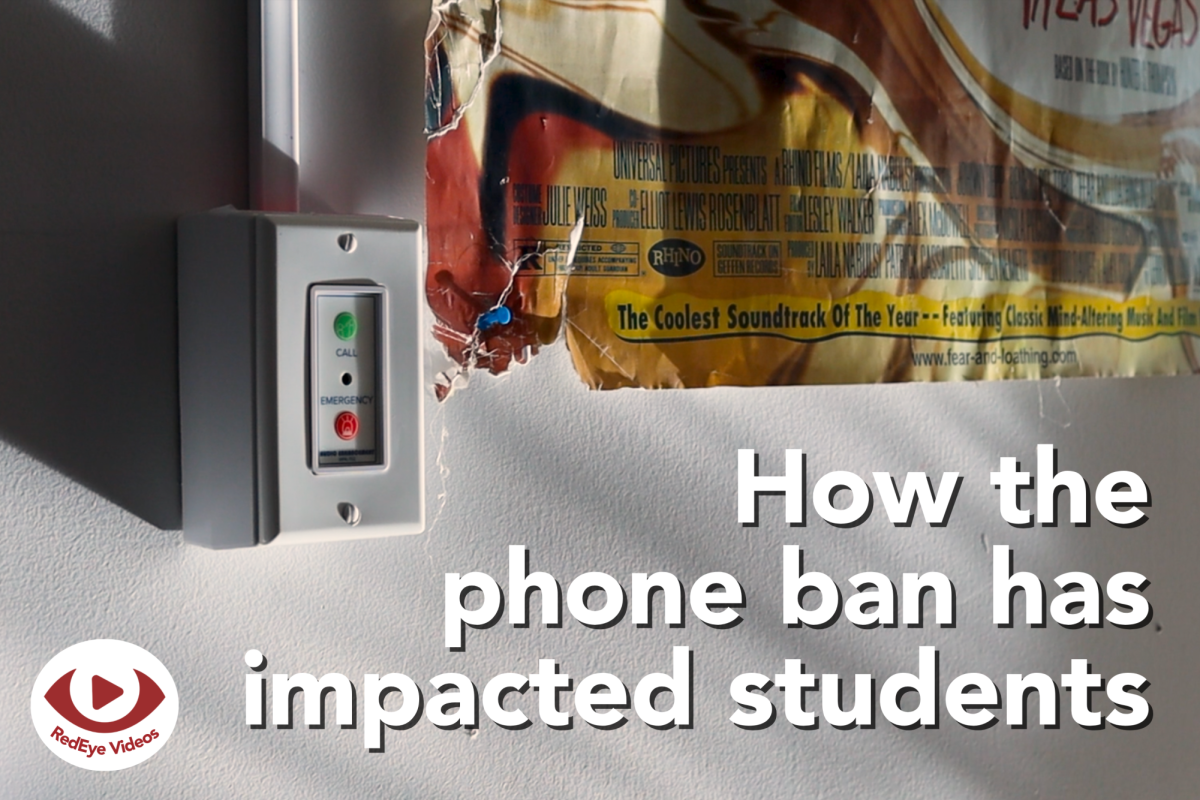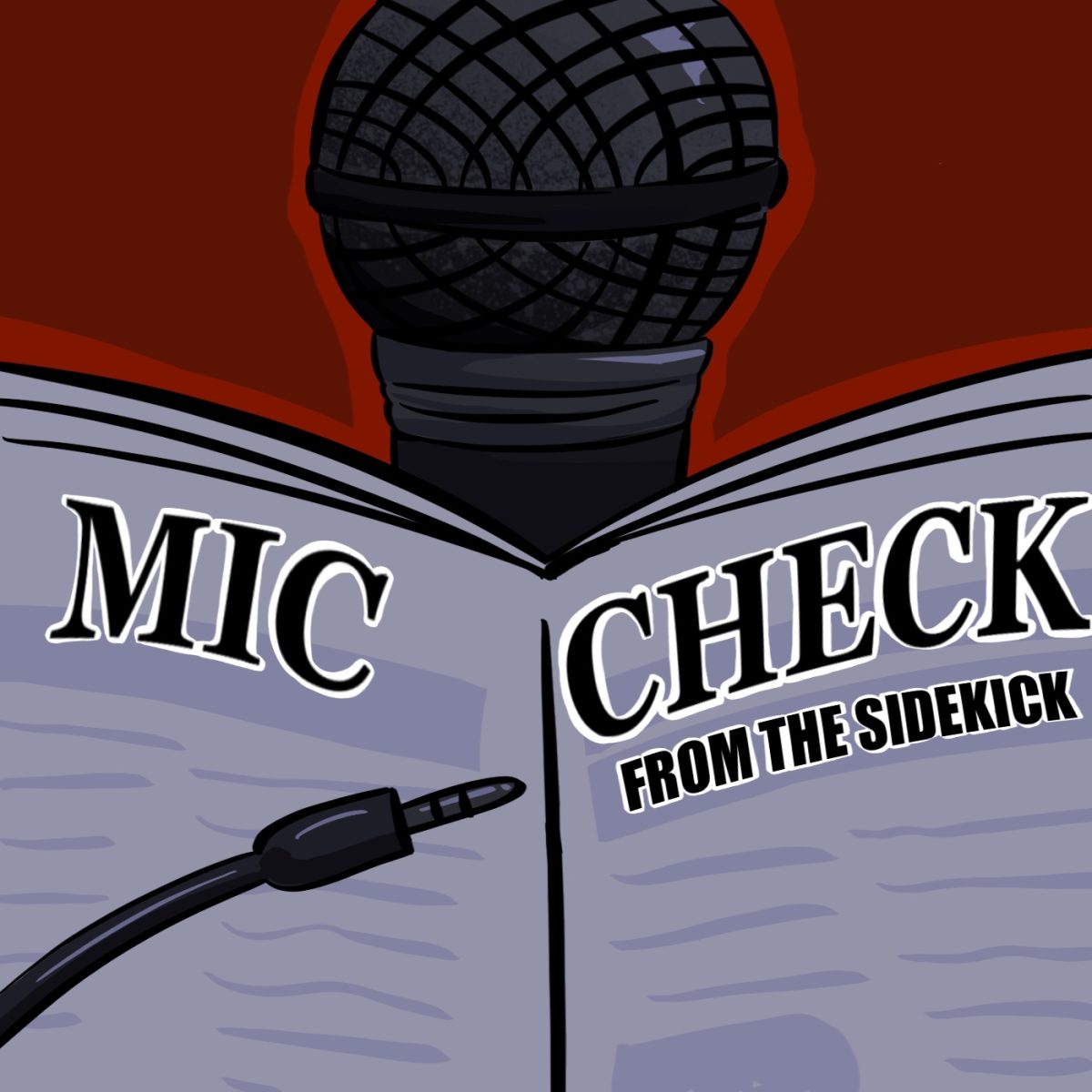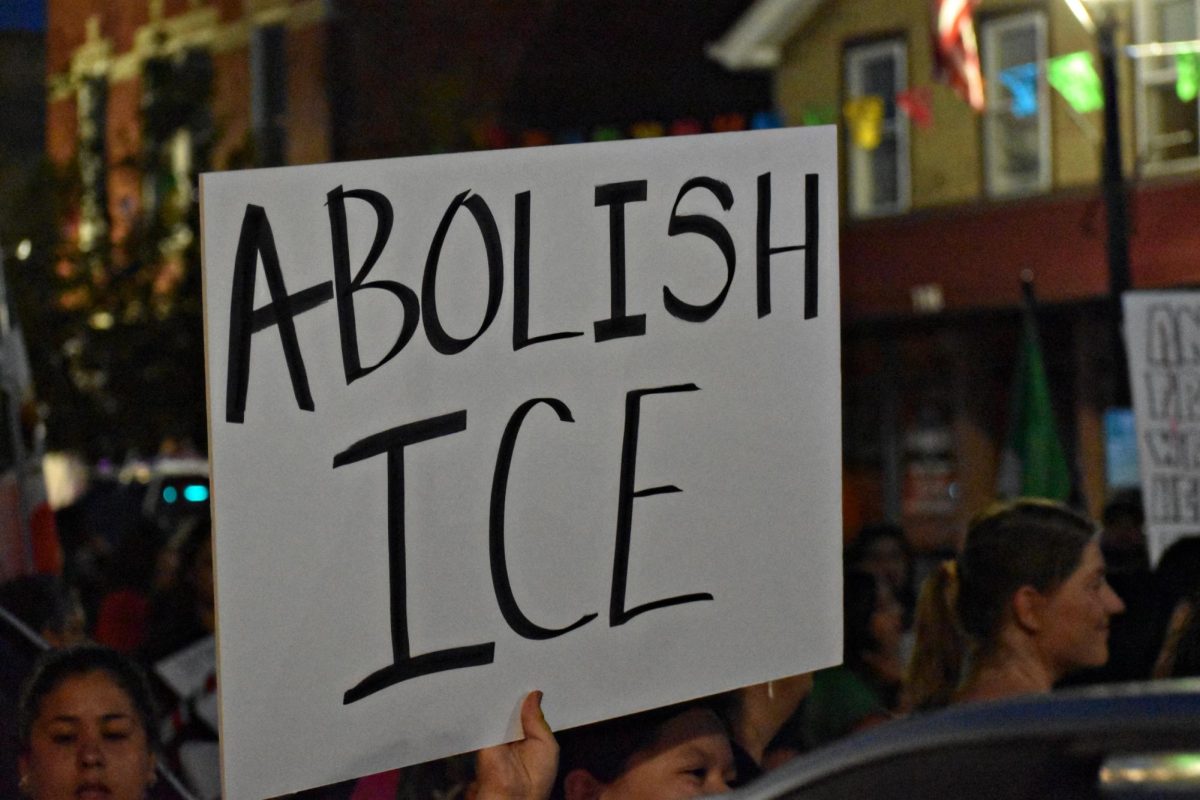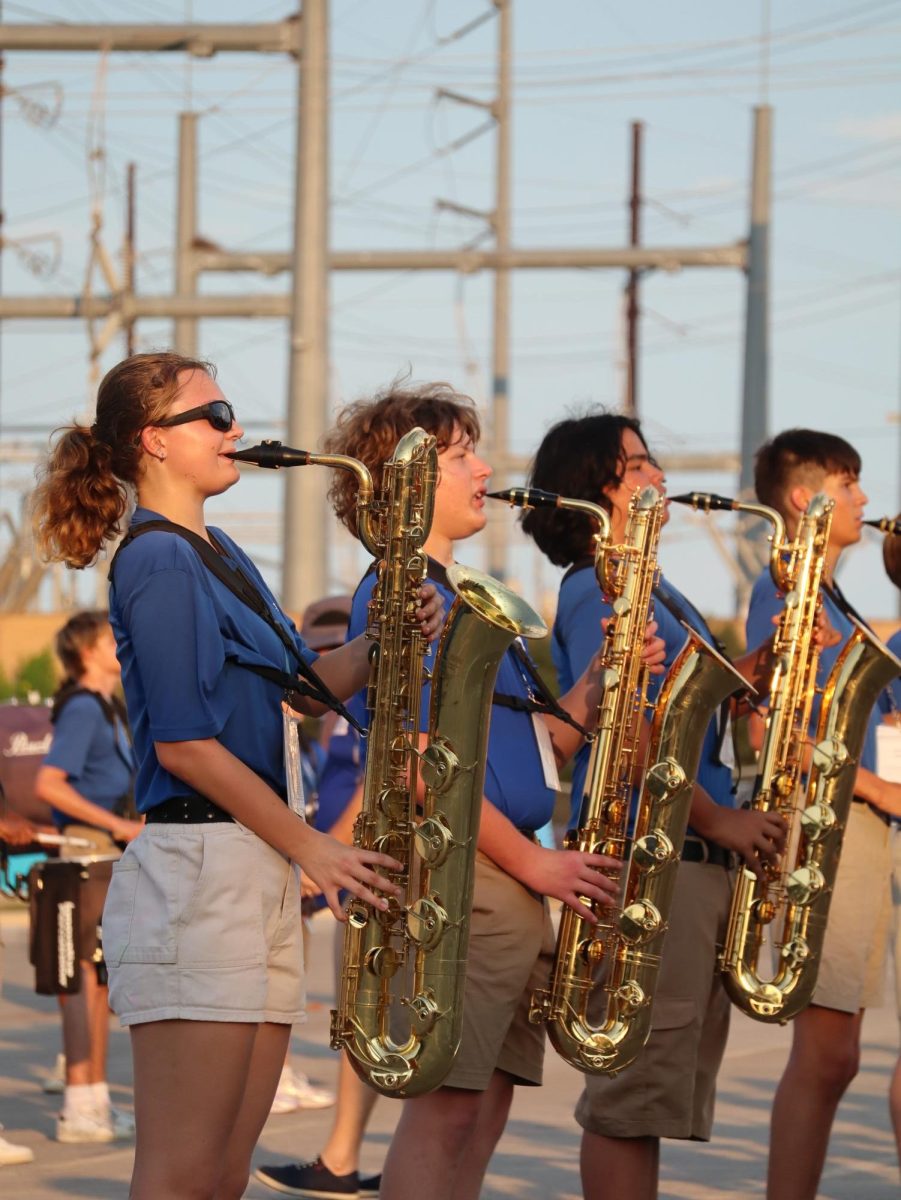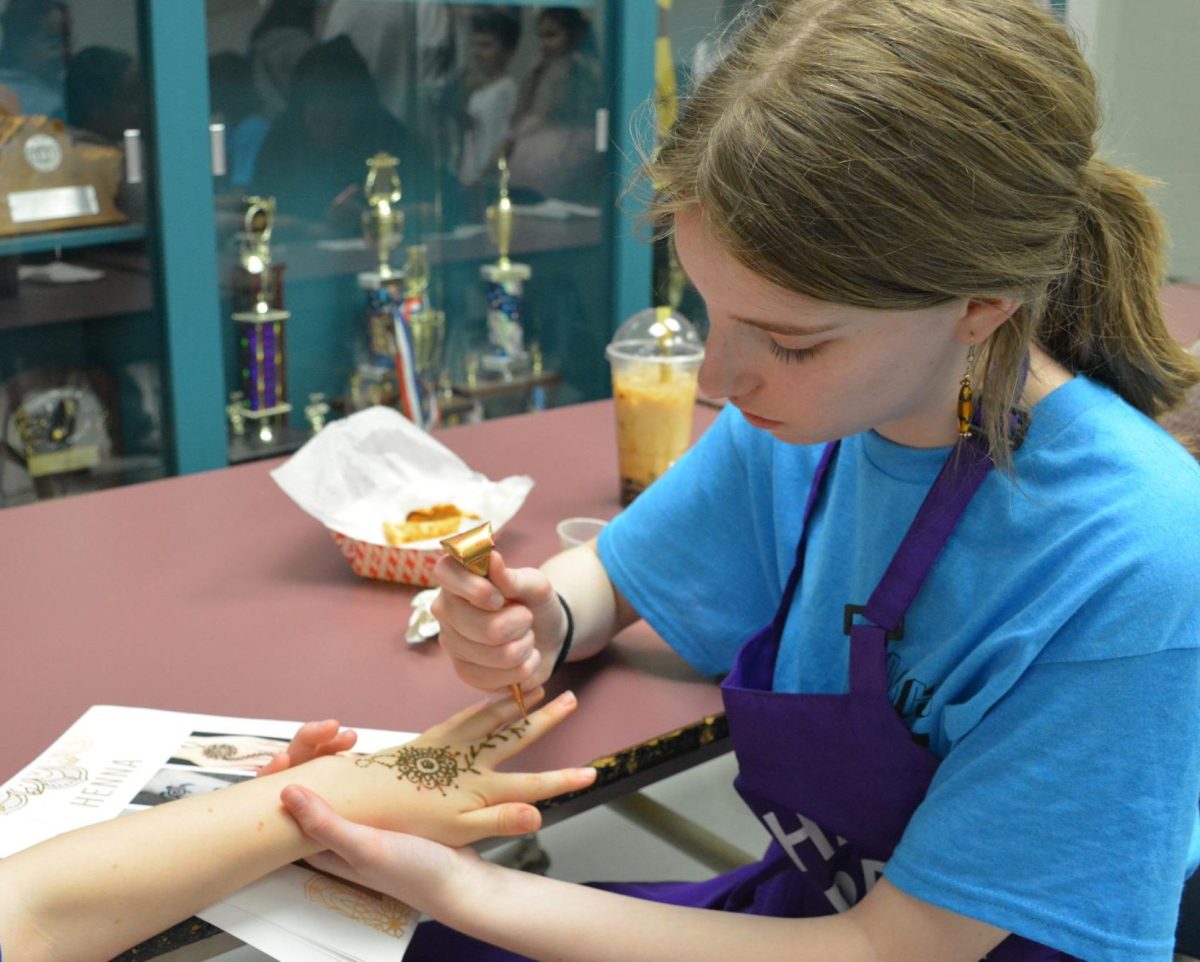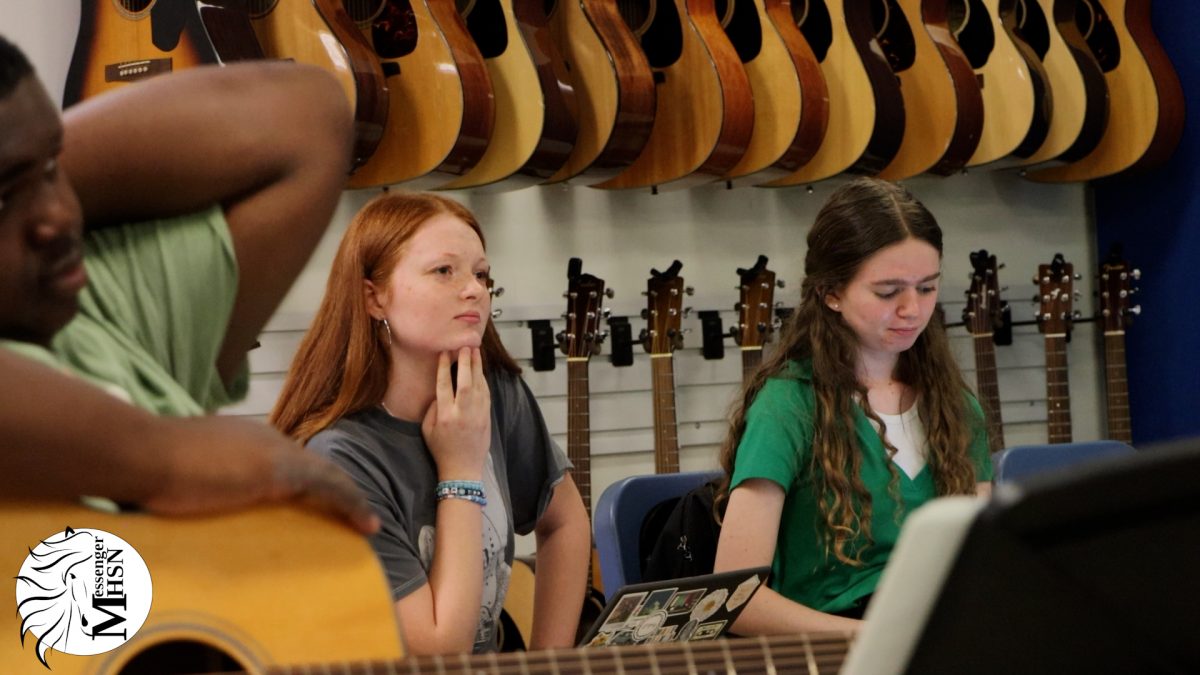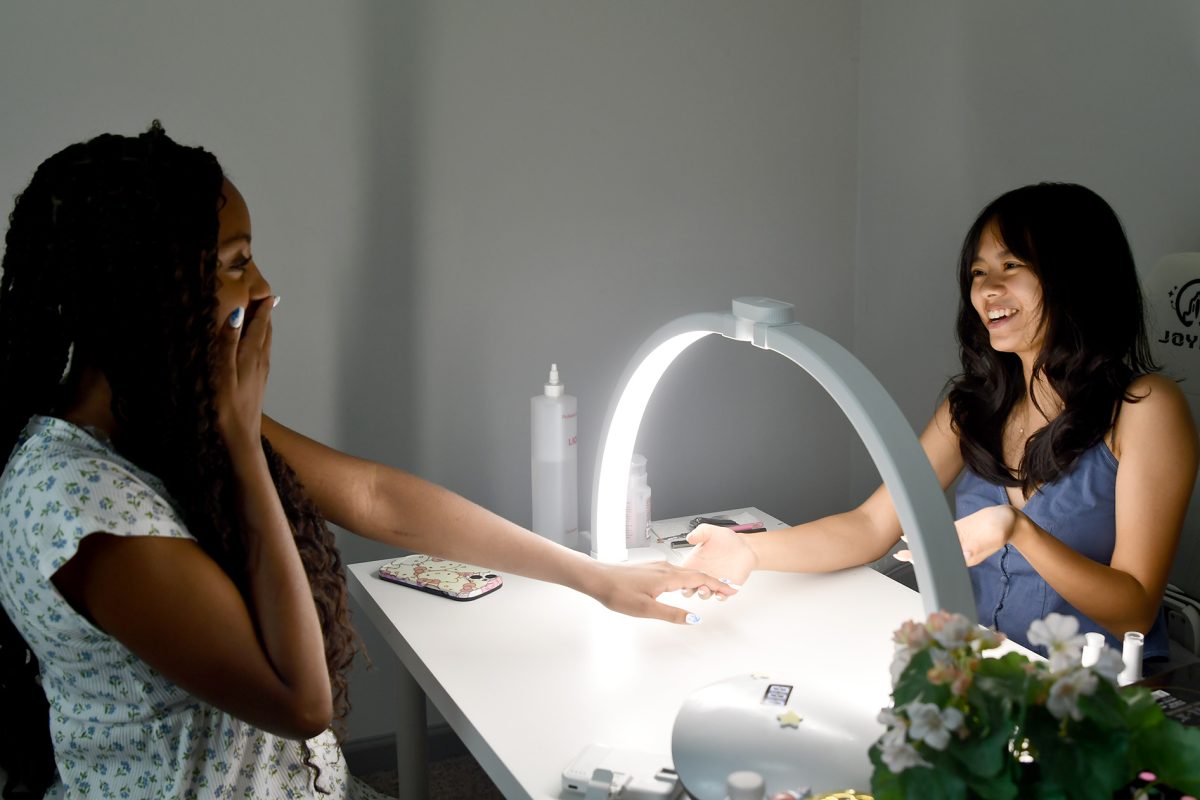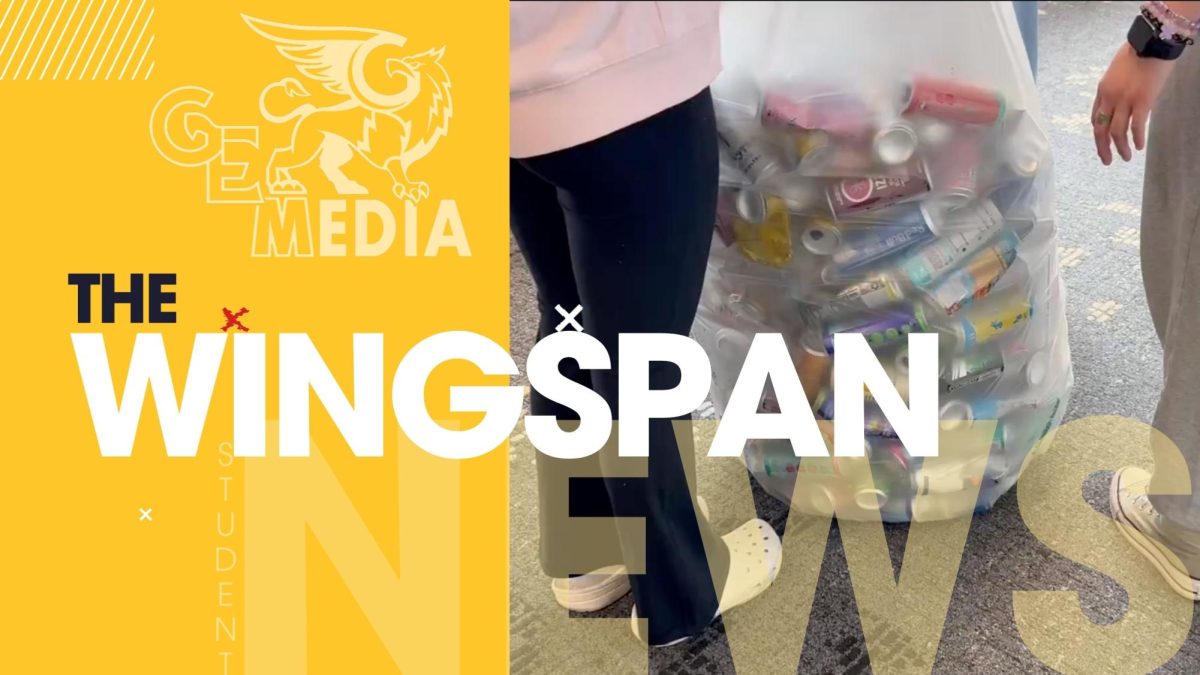Mary Avenue Villas — a housing development organized by companies and charities such as Charities Housing, Housing Choices, the Rotary Club of Cupertino and West Valley Community Services — gained approval from the City Council in April after over a decade of planning that started in 2009. The project is currently looking towards Administrative Review — the formal process through which the plans will be observed by another panel — and a lease agreement for construction to be approved.
The housing project is planned to be built on Mary Avenue in Cupertino, a two-way street next to Highway 85. It will be an apartment complex housing low-income families and individuals, in addition to those with intellectual or developmental disorders, in accordance with California’s Lanterman Act and Americans with Disabilities Act. These two bills ensure that people with developmental disabilities are given the “right to services and support they need to live independent and normal lives” as well as equal opportunities, one of these being affordable housing.
From a legal standpoint, this housing project is extremely important, City Council member J.R. Fruen explains. Every eight years, each city in California is legally mandated to update its plan for upcoming housing elements in the following years and where new housing will go. Part of this legal mandate includes preparing housing for people of various income levels.
However, neighboring residents have expressed concerns about the construction and its impact on the local community. These concerns include the permanent elimination of 89 parking spots for residents and potential hazardous working conditions such as lead and arsenic detected within the area of construction.
After the residents received only a vague postcard detailing information about the development, Cupertino residents Walter Li, Shaun Fong and Lina Meng created an online petition that has garnered over 340 signatures from those opposed to the project.
“The most traumatic thing is that this complex is situated in a lot that, to me, was inconceivable as a housing lot, because it would narrow the street so much,” Meng said. “There are so many community uses for it, like the major bike path that goes through the Don Burnett bridge and its role as a major commute route for families and kids. The idea of this new proposal being located there, really narrowing that particular sensitive spot, I felt, was very obstructive.”
Meng, Li and Fong have also noted that the spread of false news is a problem that has arisen when discussing this development due to poor community outreach, causing rumors to circulate and making it hard for residents to distinguish what the project really entails. One such example is a rumor about the alleged removal of the bike lane, which Fruen has reported to actually be “blatant misinformation.”
“I’ve gotten a number of notes from people in the neighborhood talking about the bike lane going away, and that’s just factually untrue,” Fruen said. “The bike lane remains. The project is supported by Walk-Bike Cupertino, which is the preeminent pedestrian and bicycle advocacy organization in the city. So the spread of false news is somewhat frustrating, because it’s hard sometimes to communicate accurate information to people.”

Mayor Liang Chao expressed disappointment and remorse about the lack of transparency around the housing development, not only regarding the bike lanes and parking issues, but also the approval process. Previously, most projects came to the City Council for approval, but under new state laws streamlining housing approvals, projects with a large percentage of below-market-rate units can be approved administratively, without council votes. She believes that since the city wasn’t fully clear about the updated laws and the new approval process, they lost the trust of Cupertino residents like Li, Fong and Meng.
“Unfortunately, when the project was first presented, the staff report didn’t clearly show how many parking spaces would be lost,” Chao said. “That lack of transparency upset people, and I believe we need to be very transparent as a City Council. I’ve suggested that even if approval is administrative, the council should still hold a public study session so residents can weigh in.”
Li, Fong and Meng echoed this sentiment. Li noted he was shocked to hear about the Mary Avenue Villa project six months ago because he hadn’t received notice through the mail or electronically. Additionally, the information he received from the city about the development only included that 40 units are to be built, with no information on the effects on the street and surrounding neighborhood.
When Li, Fong and Meng asked questions at a meeting with Chao and Council Member Ray Wang on Aug. 11, they felt as though they only received vague and evasive answers, resulting in them feeling misguided by the city and motivating them to take action against this development.
“The council members didn’t even know about the lane impact, the lane change — it just feels like they’re pulling the wool over everyone’s eyes,” Meng said. “The council members, city planner, residents — I don’t know what they’re presenting at these public meetings that they’re holding, but it doesn’t seem like reliable information — it seems to keep changing.”

Li also raised questions surrounding the reported lead found in soil samples at the site above the appropriate screening level, as well as potential air pollution as a result of the housing being right next to the highway. Li, Fong and Meng feel that neither the residents nor the people the housing was intended for should have to suffer as a result of these issues, and that the approval process is happening too quickly for the city to guarantee complete safety of the residents.
“Only when it happens at the back of your street do you start realizing you have to step up and do something,” Fong said. “There are people who casually approve this whole thing, and I just feel like the process is not there to assess whether this is the right location.”
Fruen believes that concerns such as limited parking can be fixed without compromising the housing project. For example, Fruen proposes that the Mary Avenue neighborhood can opt into Cupertino’s permit parking program — something that would designate parking zones for residents.
“If those neighbors want to opt into that program, I would have no problem supporting that,” Fruen said. “But in general terms, that is dreadfully underutilized parking, and I think that we should be favoring housing for people — especially people who have the hardest time finding permanent housing — over housing for cars, because that’s what parking is.”
Fruen believes that ultimately, it’s imperative that both the city and its residents do not lose sight of the housing project’s purpose. His intention is to provide homes for people who otherwise wouldn’t be able to afford them, and he finds that to stop this project would not only have a devastating impact on that demographic of Cupertino residents, but it would also be disingenuous to not allow the housing on the very site that the city previously agreed to build it on. In the conflict between residents and the city, Fruen has found that the purpose of this housing has seemingly been forgotten, and he says it’s important for all parties to keep that in mind when discussing how to go forward.

He thinks that while the concerns of the Mary Avenue neighbors are valid, promoting inclusivity as a city is just as important, and believes the city and neighbors must prioritize that value when discussing potential changes to the project. As far as transparency goes, Fruen says the goal of this project has been very clear throughout all of its stages.
“We have to be able to provide housing for all sorts of different people to be in our community — that’s what it takes to be a city,” Fruen said. “I’m not going to jeopardize the city’s housing element and the future of a whole bunch of people who could be living in our city but can’t right now.”
This story was originally published on El Estoque on August 30, 2025.

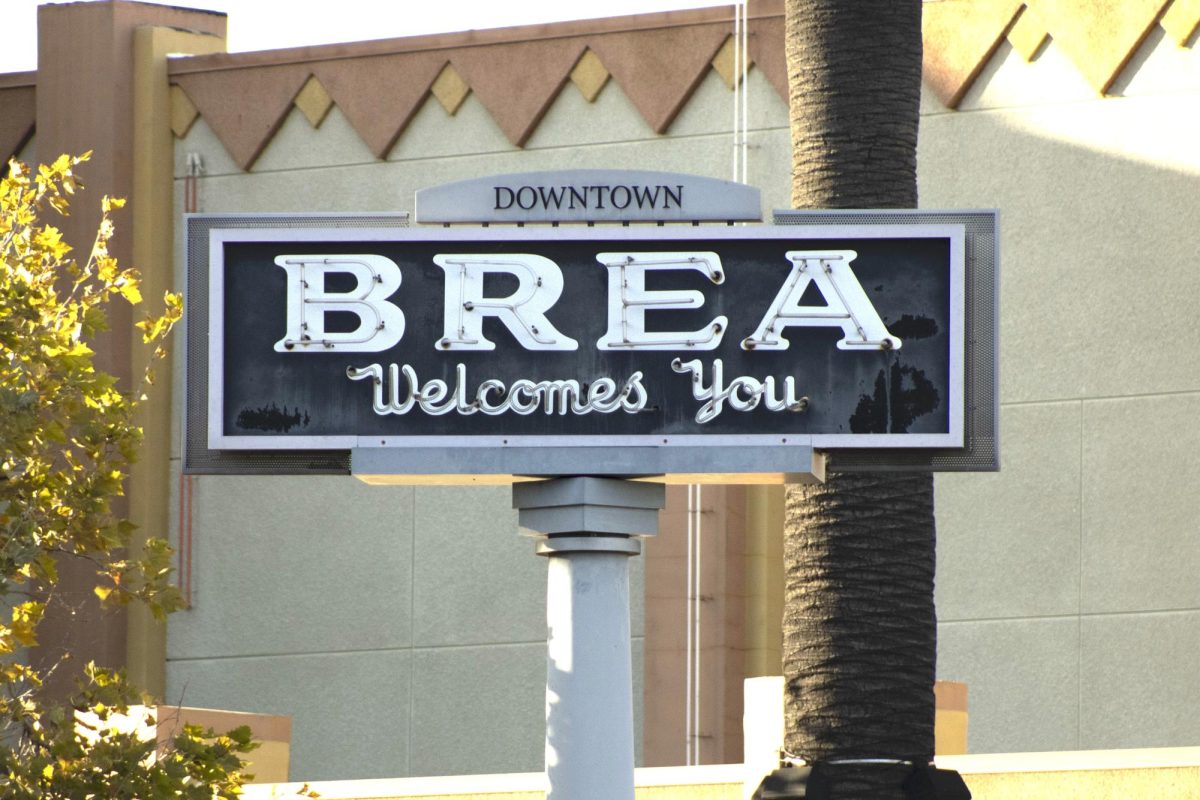
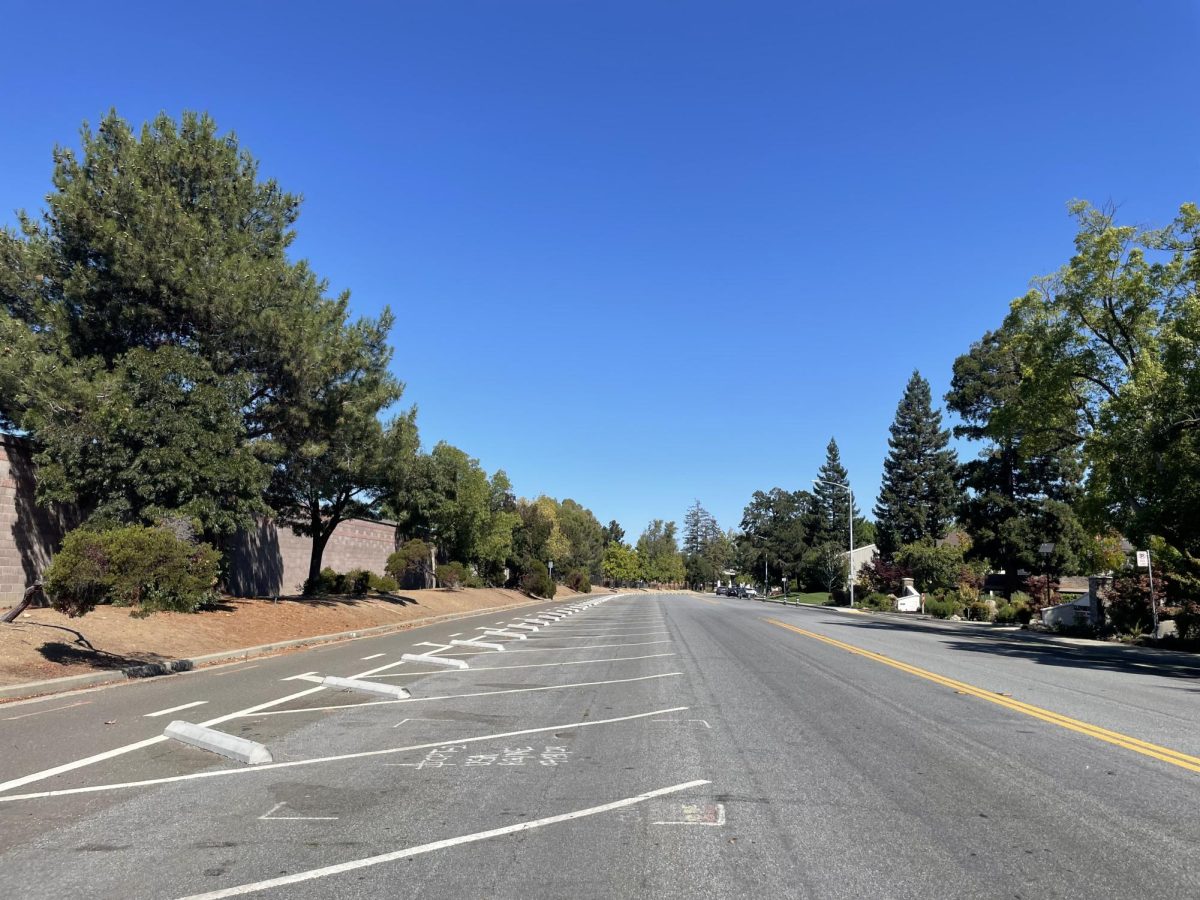
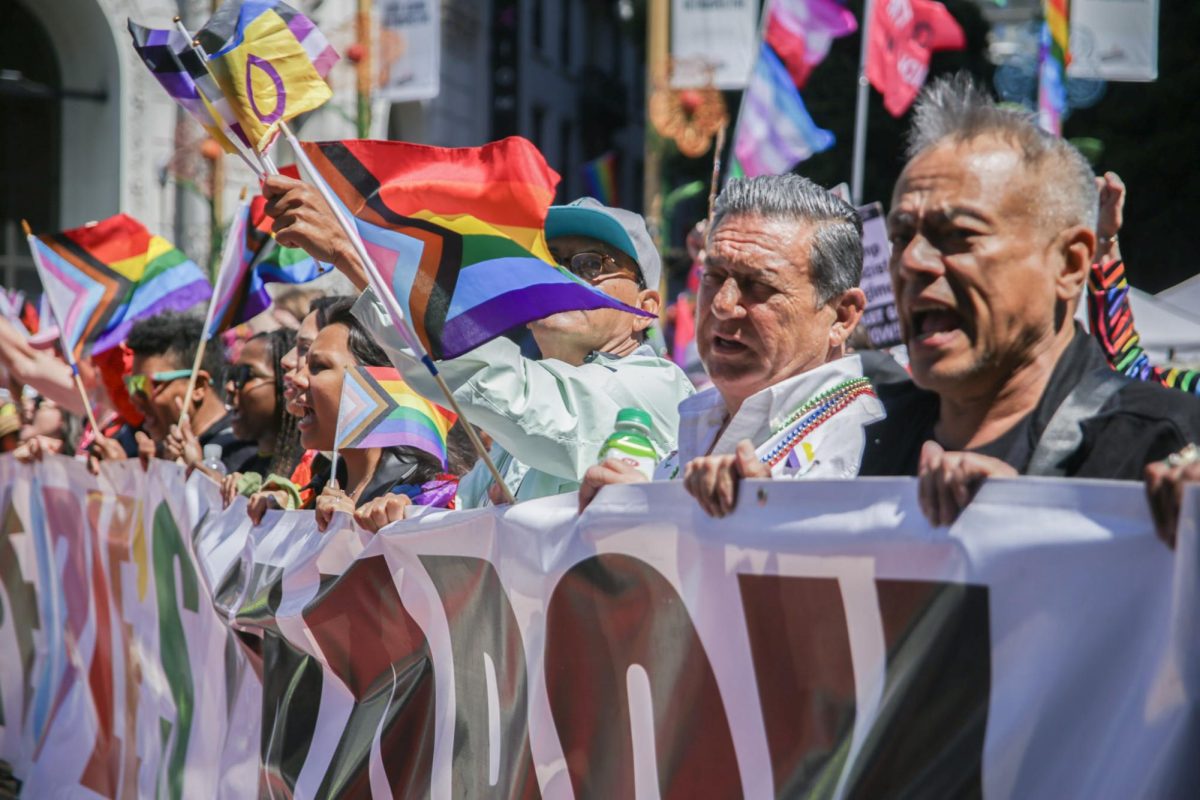
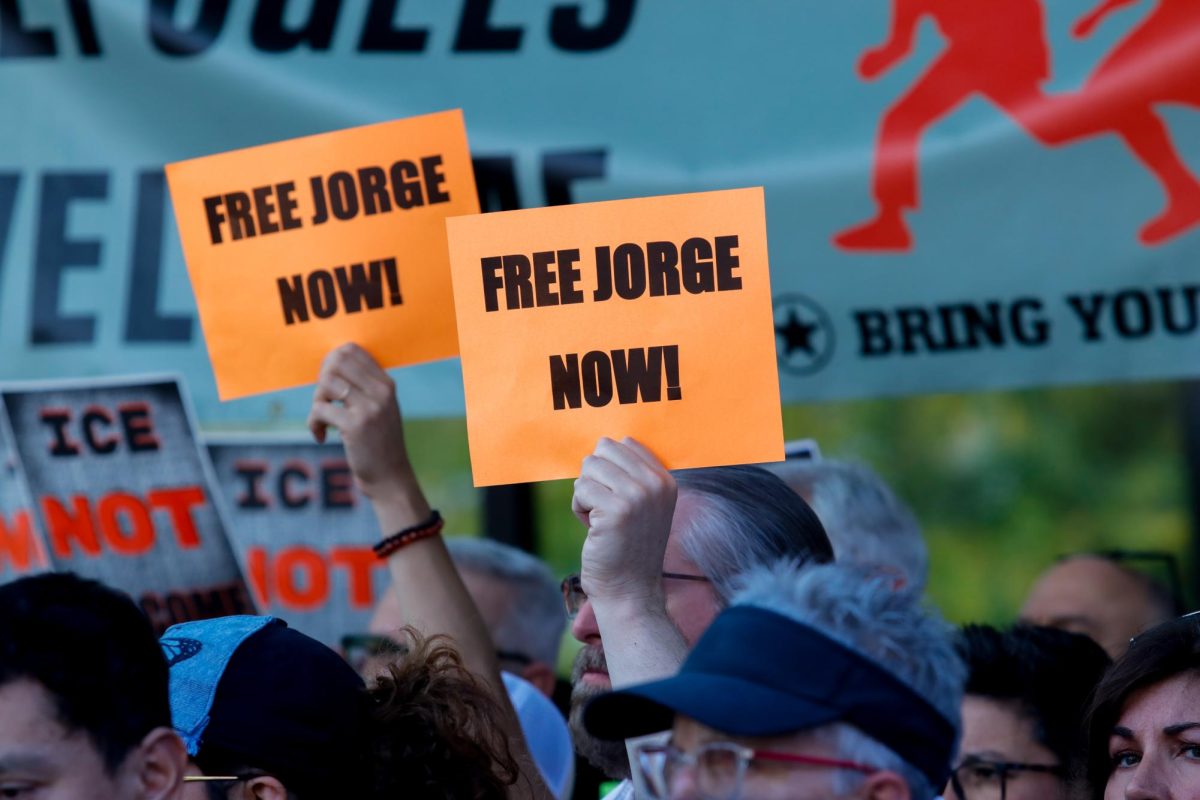

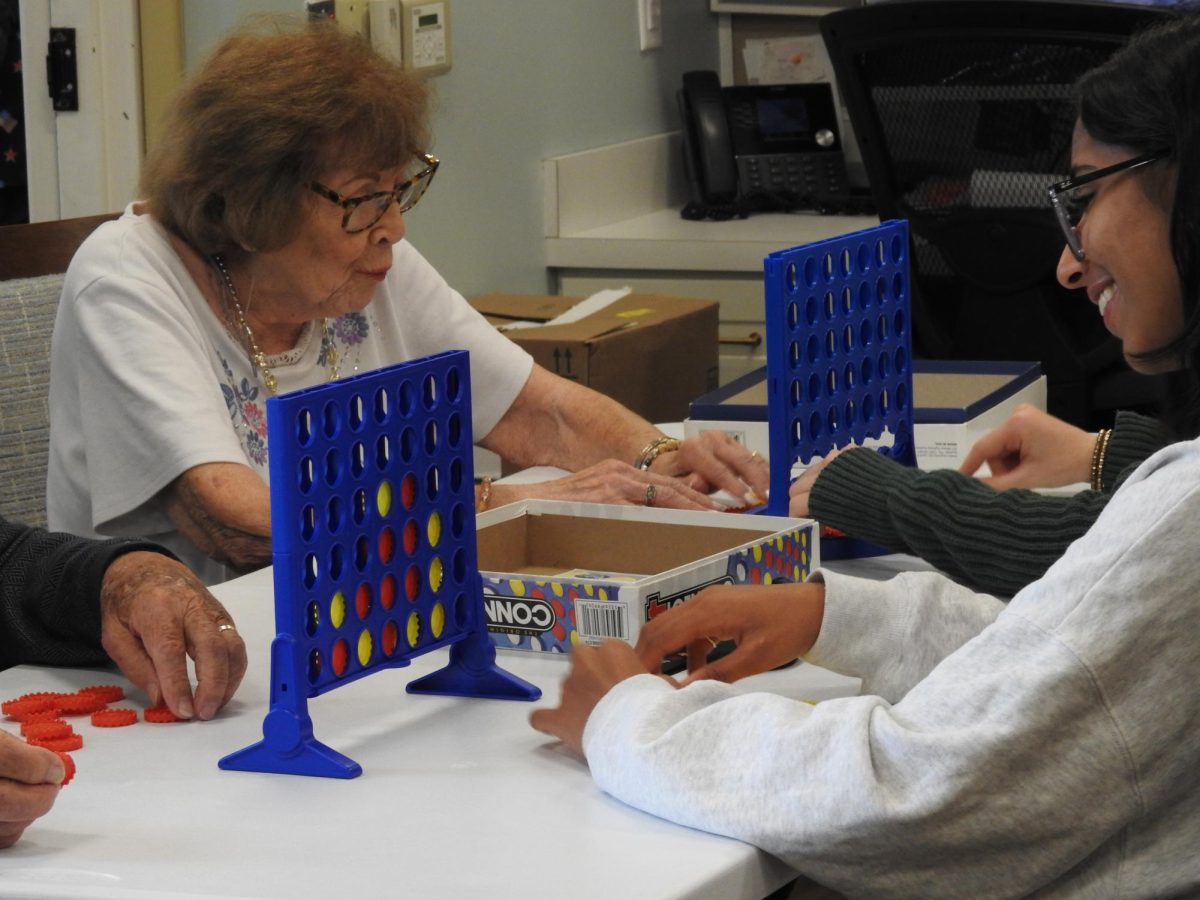

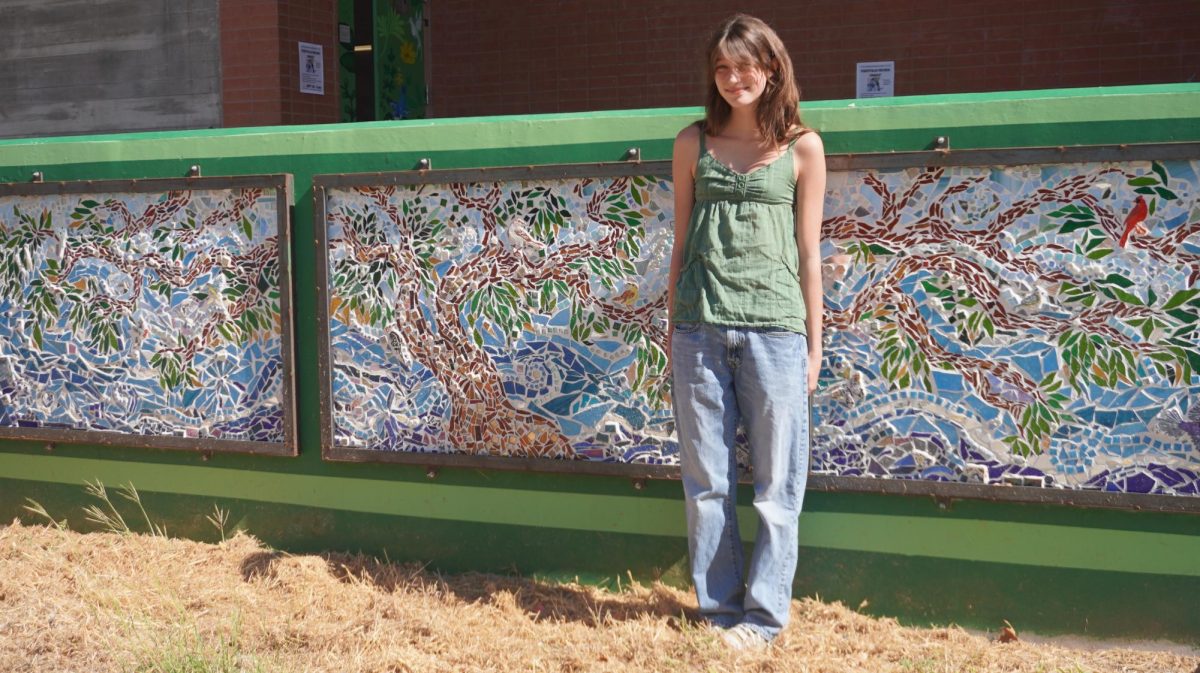
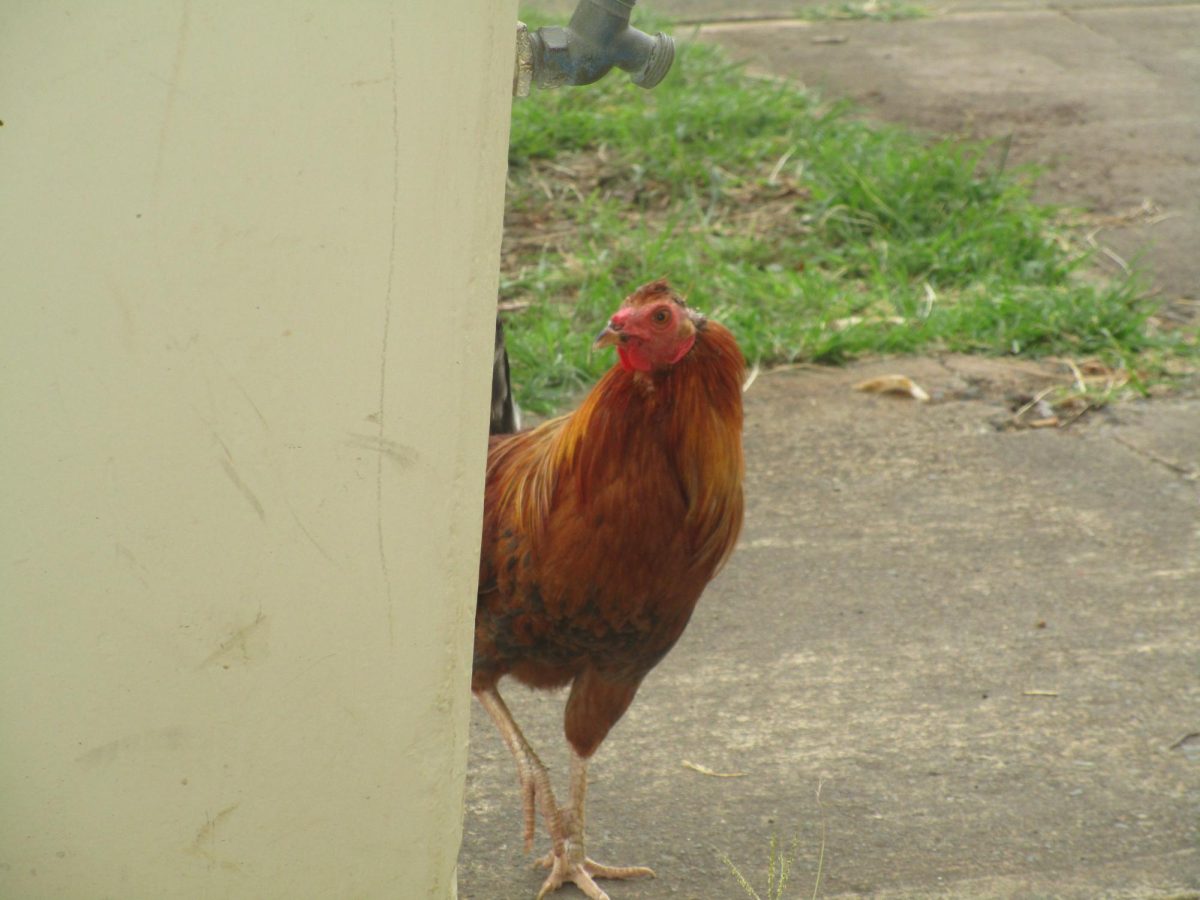
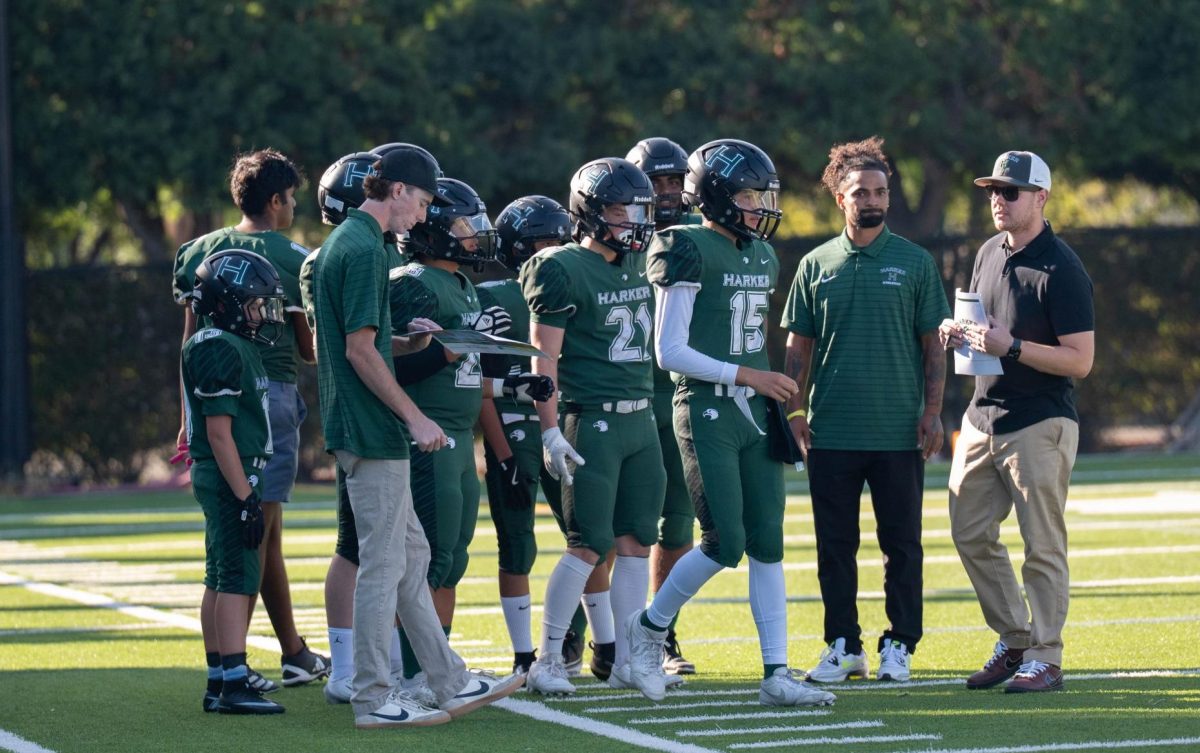



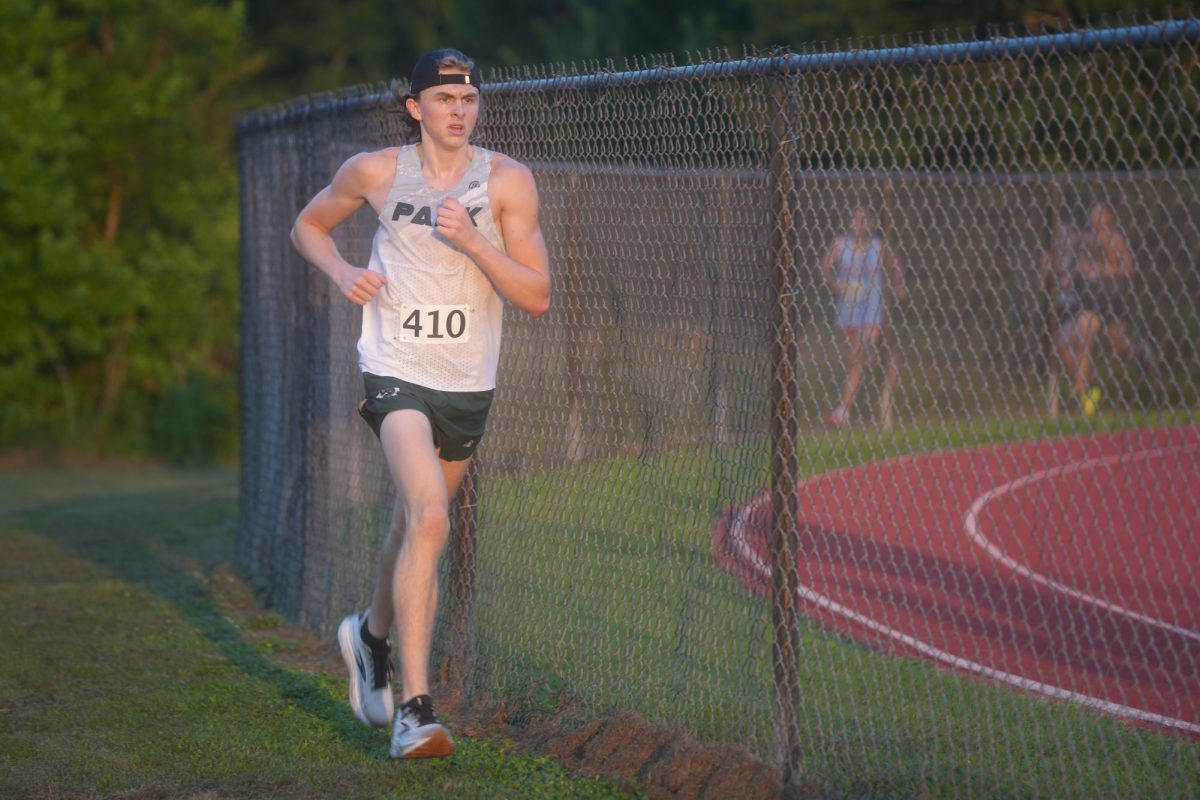
![Gazing across the stage, sophomore Alexis Monteleone performs in the school theater. The Monteleone family’s band “Monte and the Machine” has been releasing music since 2012, but Alexis started her own solo career in 2024 with the release of her first single, Crying Skies. “My whole family is very musical, [and I especially] love writing [songs with them],” Monteleone said.](https://bestofsno.com/wp-content/uploads/2025/10/DSC7463-1200x798.jpg)

